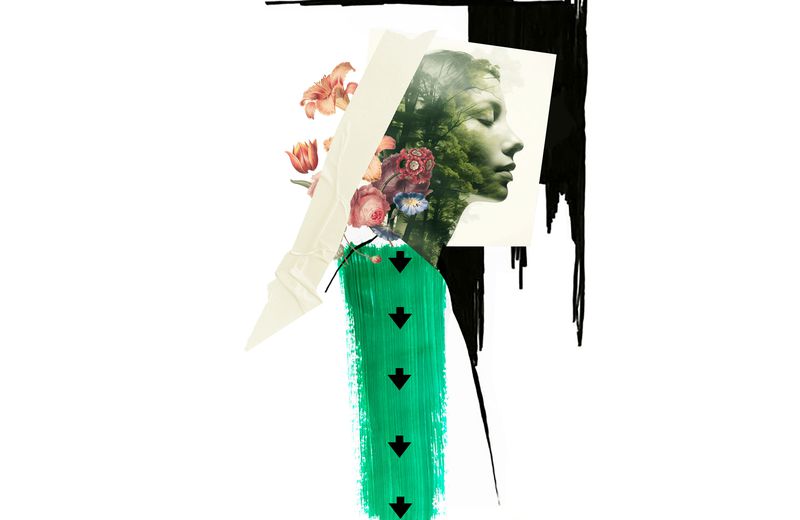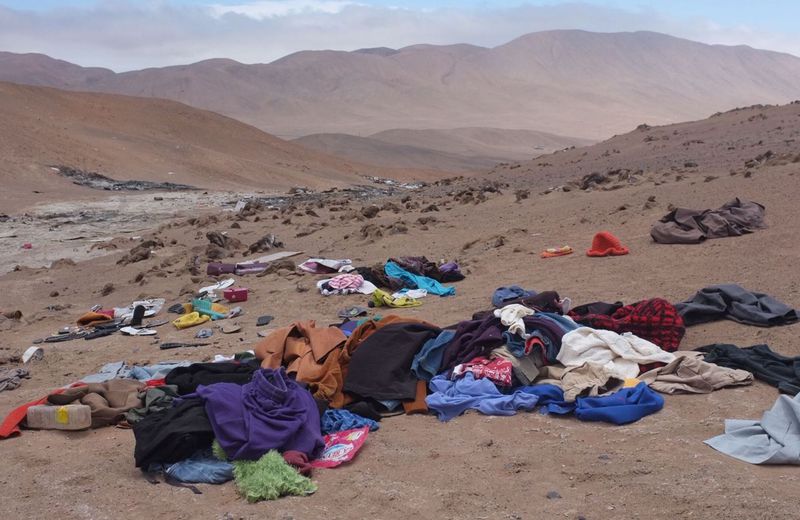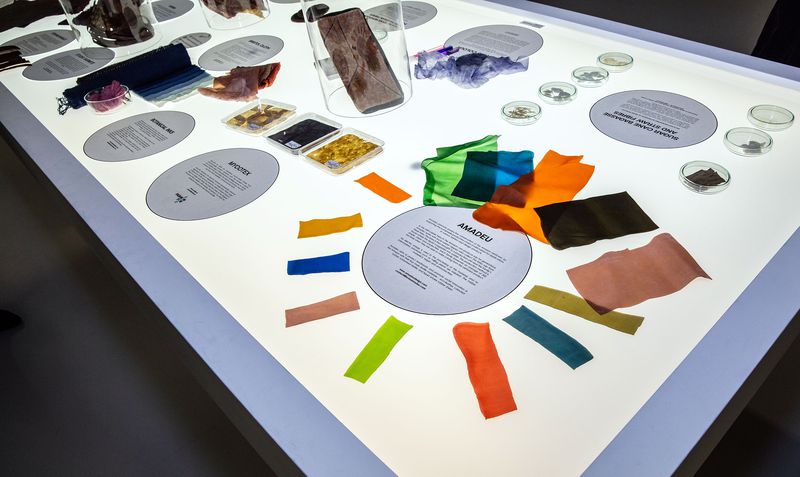
Onto a Sustainable Future: The 8th Future Fabric Expo London Inspires
The Sustainable Angle’s Future Fabrics Expo is the largest dedicated showcase of sustainable materials for the fashion and textile industry in Europe.
production has nearly doubled over the past 15 years, dramatically straining our Earth’s finite
resources. To add perspective, by only creating 1 kilogram of cotton for a single t-shirt, 20,000
litres of water is required. Additionally, the Boston Consulting Group and Global Fashion Agenda have calculated that overall apparel consumption will continue to rise by 63% - from 62 million tons in 2017 to 102 million tons in 2030, underscoring the uncompromising need to commit to sustainable practice. One primary solution in addressing sustainable fashion production is by questioning materials. Often considered the first step in a designer’s creative journey, being able to understand the complexities behind a chosen fabric is an excellent starting point when striving to apply a responsible approach in the creation of fashion products.
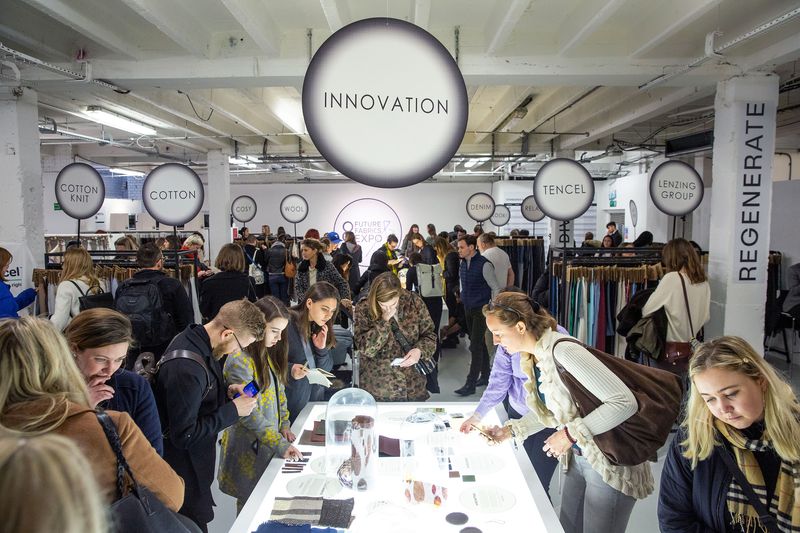
© Future Fabric Expo
A dominant pioneer championing a “Material Renaissance” in fashion is The Sustainable Angle(TSA). The UK-based not-for-profit organisation was founded by Nina Marenzi, after having completed her Master’s dissertation in sustainable agriculture at Imperial College. Today TSA is responsible for initiating and supporting a variety of worthwhile projects, which aim to minimise the overall environmental impact of the fashion industry and wider society. It counts London College of Fashion lecturer Amanda Johnston and Supermodel Arizona Muse to its advisory board and directly collaborates with an impressive roster of influential global fashion brands.
The Sustainable Angle is celebrated for hosting the annual Future Fabrics Expo, which saw its 8th year last week. The Expo, which featured innovations by the Lenzing Group, Hallotex and G-Star Raw among others, provided deep insights into how the dangerous environmental impacts of fashion can be reduced through textile innovations, as well as through unique approaches to transform design practices throughout the value chain. The Expo is the largest dedicated showcase of sustainable materials for the fashion and textile industry in Europe, and features a substantial collection of commercially-available fabrics from suppliers who are actively pushing forward innovative solutions for a lower environmental footprint. The intention is to inspire and educate established and emerging designers, as well as other innovators in the industry, interested in the latest developments in sustainable fabrics. It promotes the growing need for a more multifaceted approach in material selection and manufacturing, as current global fibre demand lacks in diversity.

In order to inspire a broader textile fibre matrix, the Expo featured a carefully curated range of natural and man-made fibres and fabrics, which included protein and cellulose-based fibres as well as recycled synthetic polymers. Some of the most innovative fabrics on display included natural materials made from agricultural and food industry by-products. Banana fibre is for example one of the strongest natural fibres, ideal for producing durable fabrics, which equally offer flexibility and softness. Here the fibre is extracted from the stems of a banana plant and in turn reduces overall waste, as it is a by-product from the banana harvest. Offset Warehouse utilises 100% banana fibre by producing a premium black and white woven fabric. Orange Fiber is another leading example of transforming food industry by-products. The company is aiming to rescue a part of the 700,000 tons of orange peels, which are scrapped from Italian juice production each year, by transforming them into a luxurious, silky smooth fabric. The material has already earned its desirability and legitimacy as luxury brand Salvatore Ferragamo has previously created a capsule collection using the material.

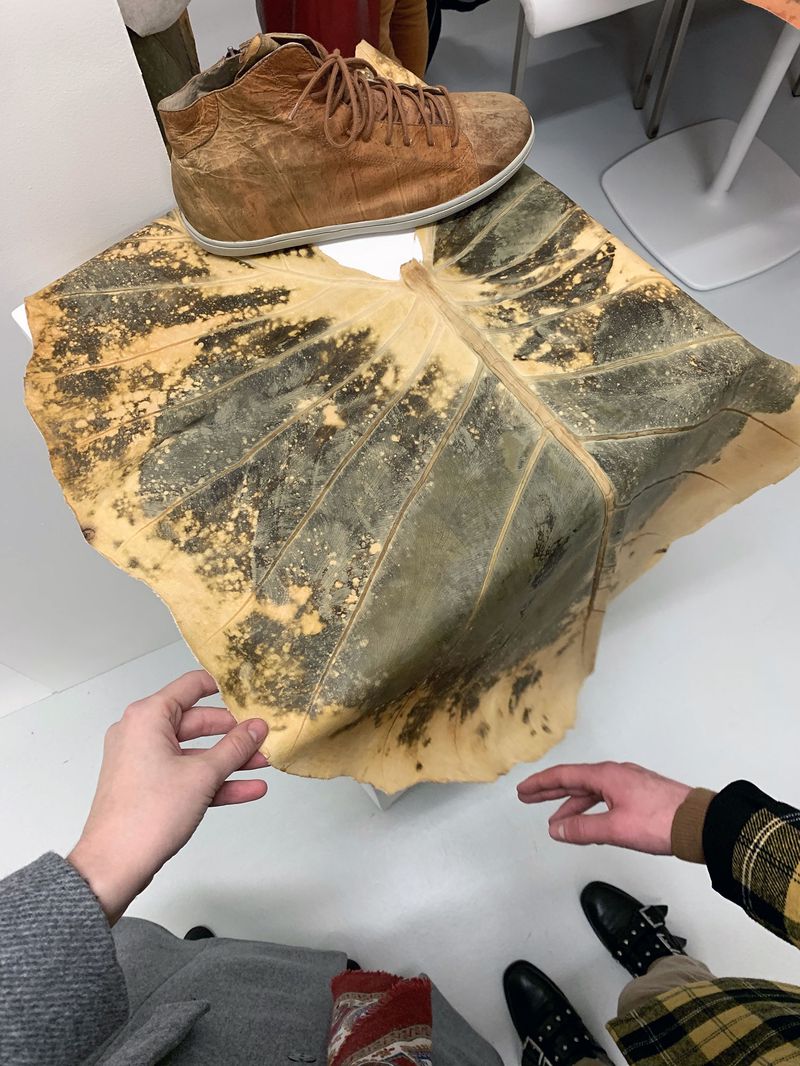
Another prominent material development at the Expo was the growing emphasis on vegan leather. Nova Kaeru has for example pioneered beLEAF, made from sustainably sourced leaves and results in a material which is tough, resistant, and breathable- well suited for footwear. Additionally, Vegea creates leather from grape marc, resulting in dramatic, Bordeaux tinted shades. Piñatex also produces a fruit-based leather, specifically from pineapple leaf fibres, transforming part of the fruit which cannot be eaten, and is often discarded.
Next to displaying thousands of unique materials, the Expo has featured an educational seminar programme with talks by Prof. Dilys Williams from The London College of Fashion’s Centre for Sustainable Fashion, Lukas Fuchs from the Ellen MacArthur Foundation, and Edwina Ehrman curator of the Victoria and Albert Museum’s exhibition Fashioned from Nature, among others.
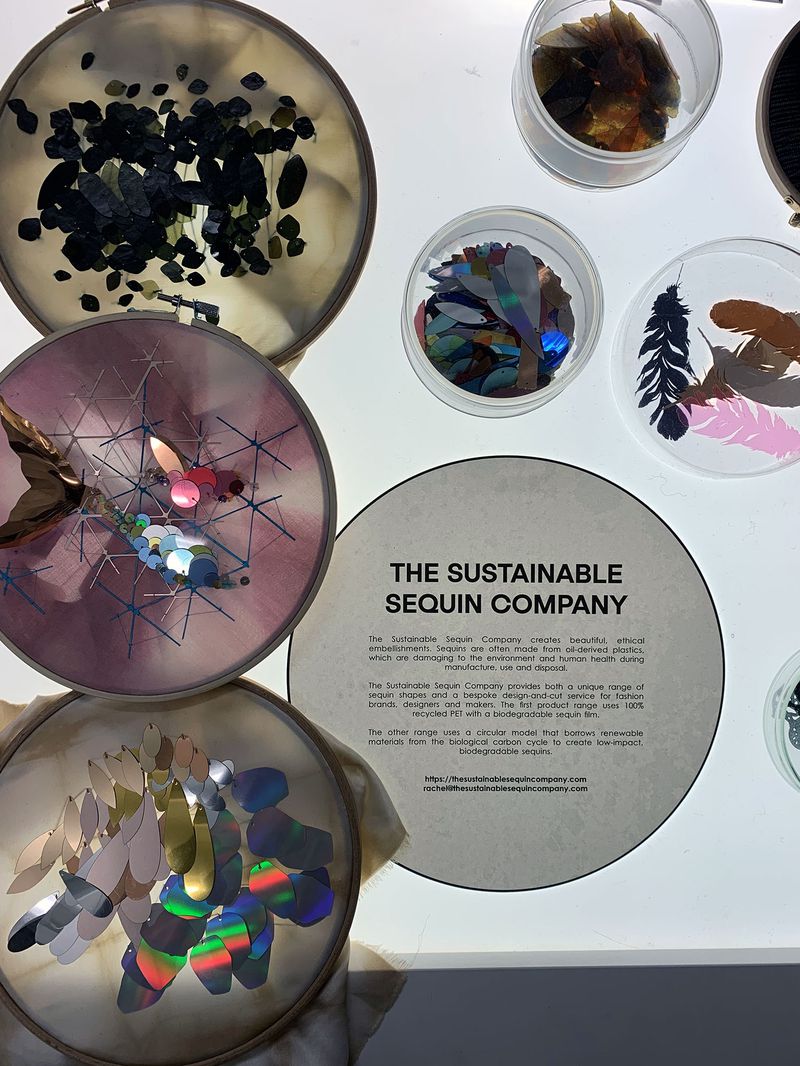

Despite the many environmental challenges facing this generation, Ehrman expressed her optimism for the fashion industry becoming more sustainable. As it nurtures a vibrant design community, fashion holds the potential to be transformed into a positive force, and through creativity, can inspire collective action to achieve common sustainability goals.
The Future Fabric Expo not only challenged current practices and offered attainable solutions, it left the audience feeling hopefully and inspired to act. Also creatively, the collections of unique materials offered the potential for truly groundbreaking future design. The movement towards a fully sustainable future is well under way, bridging together the best of science and art, technology and fashion, and a spectacular renaissance in appreciating a growing spectrum of materials.
Save the date:
9th Future Fabrics Expo
29 - 30 January 2020, London
Text: Nina Van Volkinburg

